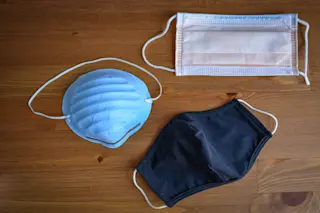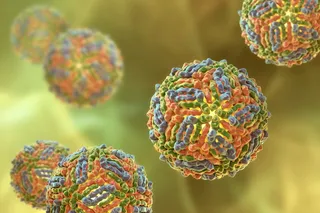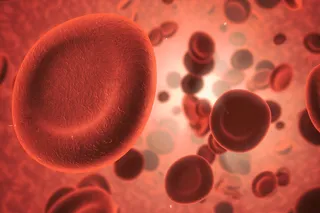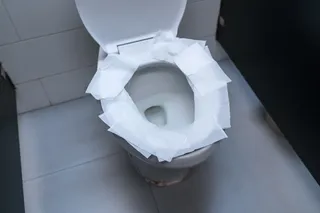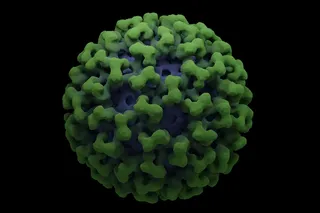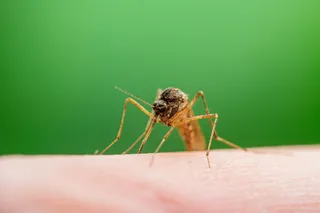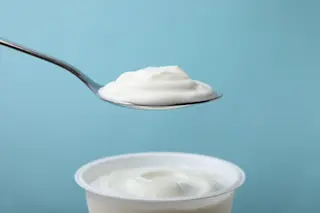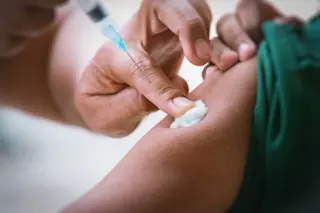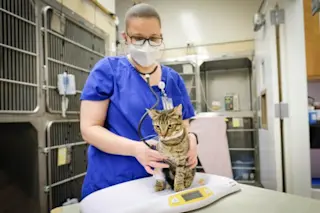At the start of the coronavirus pandemic, Patrick Guerra’s wife, a doctor, would strap on an N95 respirator mask, then cover it with a disposable surgical mask to prolong its use. The Centers for Disease Control and Prevention (CDC) recommends healthcare workers put on a new N95 respirator after each patient, but a national shortage of N95s and other equipment made that impossible.
“My wife’s a radiology medical resident and was doing these procedures that are aerosol generating, where she’s within a few inches of the person’s face,” says Guerra, a biological sciences professor at the University of Cincinnati. “I thought, I’ve got to figure something out.”
Guerra, who studies the complex architecture of silk moth cocoons, wondered if a silk mask might serve as a better protective barrier over the N95 because he’d observed that the cocoons are naturally water repellent. “The caterpillars basically build these hydrophobic layers,” he ...


